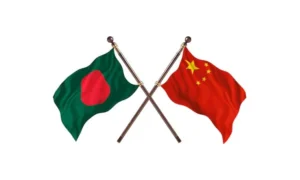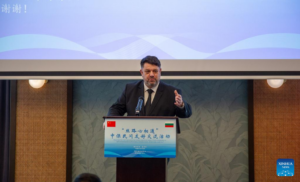China looks on the Dalai Lama for legitimacy.
China’s insistence on having the Dalai Lama recognize Tibet and Taiwan as integral parts of its territory is rooted in a complex interplay of historical narratives, political strategy, and national identity. Despite historical evidence suggesting that Tibet and Taiwan have never been unequivocally part of China, Beijing continues to press for this recognition.
Tibet, with its unique cultural and religious identity, existed as an independent entity before China’s occupation in the 1950s. Similarly, Taiwan has a distinct history, having been governed by various powers and remaining separate from mainland China since the end of the Chinese Civil War in 1949. The People’s Republic of China (PRC) views the acknowledgment of its claims by the Dalai Lama as a way to legitimize its historical narrative and solidify its territorial ambitions.
China’s approach is deeply intertwined with its broader political strategy. By securing the Dalai Lama’s recognition, Beijing aims to dismantle the most prominent symbol of Tibetan resistance and neutralize international support for Tibetan autonomy. In the case of Taiwan, the PRC’s insistence on “One China” policy remains a cornerstone of its foreign policy, seeking to prevent any moves towards formal Taiwanese independence.
The demand for the Dalai Lama’s recognition also fits within China’s broader agenda of cultural assimilation. The Chinese government has been systematically integrating Tibetan culture into the Han Chinese mainstream, suppressing Tibetan religious practices, and promoting Mandarin as the dominant language. Recognition from the Dalai Lama would further integrate Tibetan Buddhism under state control, diluting its distinctiveness and merging it into the larger narrative of a unified Chinese identity.
On a geopolitical level, the Dalai Lama’s global influence poses a challenge to China’s image. His meetings with world leaders and his advocacy for human rights bring attention to China’s policies in Tibet. By demanding his recognition of Tibet and Taiwan as part of China, Beijing seeks to undercut his moral authority and diminish his standing in the international community.
China’s efforts to obtain the Dalai Lama’s recognition of Tibet and Taiwan as parts of its territory are driven by a desire to legitimize its claims, suppress separatist sentiments, and integrate diverse cultural identities into a cohesive national framework. This quest reflects the complexities and contradictions inherent in China’s approach to territorial integrity and cultural assimilation. As long as the Dalai Lama remains a prominent global figure, Beijing’s insistence on his recognition will continue to underscore the ongoing struggle for legitimacy and sovereignty in these contested regions.













